Herb Garden Planter: The Ultimate Guide To Growing Fresh Herbs Indoors
Introduction
Fresh herbs are a delicious and versatile addition to any meal. They can be used to add flavor to soups, salads, main dishes, and even desserts. But did you know that you can grow fresh herbs indoors? With a little planning and care, you can have your own herb garden right in your kitchen.
In this blog post, we will provide you with the ultimate guide to growing fresh herbs indoors. We will cover everything from choosing the right herbs to planting and caring for your herb garden. By the end of this post, you will be well on your way to growing your own delicious and fragrant herb garden.
Choosing the Right Herbs
The first step to growing fresh herbs indoors is choosing the right herbs. Not all herbs are created equal when it comes to growing indoors. Some herbs are more tolerant of low light and limited space than others.
Here are a few of the best herbs to grow indoors:
These herbs are all relatively easy to grow indoors and they offer a variety of flavors to your cooking.
Planting Your Herb Garden
Once you have chosen your herbs, it is time to plant them. You can plant your herbs in individual pots or in a larger planter. If you are planting in individual pots, make sure that the pots have drainage holes.
The soil that you use for your herb garden is also important. You should use a potting mix that is specifically designed for herbs. This type of potting mix will have the right balance of nutrients and drainage that your herbs need.
When planting your herbs, follow the instructions on the seed packet or plant tag. Most herbs should be planted about 1-2 inches deep.
Caring for Your Herb Garden
Once your herbs are planted, it is important to care for them properly. The most important thing is to water your herbs regularly. You should water your herbs when the soil is dry to the touch.
In addition to watering, you should also fertilize your herbs every few weeks. You can use a liquid fertilizer or a slow-release fertilizer.
Finally, you should place your herb garden in a location that receives bright, indirect sunlight. Most herbs need at least 6 hours of sunlight per day.
Harvesting Your Herbs
When your herbs are ready to harvest, simply snip off the leaves that you need. Be sure to leave some of the leaves on the plant so that it can continue to grow.
You can use fresh herbs in your cooking right away. You can also dry or freeze your herbs for later use.
Conclusion
Growing fresh herbs indoors is a great way to add flavor to your cooking and to enjoy the benefits of fresh herbs. With a little planning and care, you can have your own herb garden right in your kitchen.
Here are some additional tips for growing fresh herbs indoors:
- Use a grow light if you do not have enough natural light.
- Keep your herb garden away from drafts and cold air.
- Repot your herbs as they outgrow their pots.
- Harvest your herbs regularly to encourage new growth.
With a little care and attention, you can enjoy fresh herbs all year long.
If you're looking for more information about herb garden planters, I recommend visiting Garden Wiki. They have a wide variety of planters to choose from, as well as helpful articles and guides on how to set up and maintain your herb garden.
FAQ of herb garden planter
- What is an herb garden planter?
An herb garden planter is a container that is specifically designed for growing herbs. It typically has multiple compartments, so that you can plant different herbs in separate areas. Herb garden planters can be made from a variety of materials, including plastic, terracotta, and wood.
- What are the benefits of using an herb garden planter?
There are many benefits to using an herb garden planter. Here are a few of the most important ones:
* Portability: Herb garden planters are portable, so you can easily move them around your home or garden. This is a great option if you live in a small space or if you want to be able to bring your herbs indoors during the winter.
* Efficiency: Herb garden planters are designed to use water and space efficiently. This is because the compartments help to keep the soil moist and the roots of the herbs from becoming overcrowded.
* Aesthetics: Herb garden planters can add a touch of beauty to your home or garden. There are many different styles and designs of herb garden planters available, so you can find one that matches your décor.
- What are some things to consider when choosing an herb garden planter?
Here are a few things to consider when choosing an herb garden planter:
* Size: The size of the planter will depend on the number of herbs you want to grow. If you only want to grow a few herbs, you can get a small planter. However, if you want to grow a larger herb garden, you will need a larger planter.
* Material: The material of the planter will affect its durability and how easy it is to care for. Plastic planters are lightweight and easy to move, but they can be more susceptible to damage from the elements. Terracotta planters are more durable, but they can be heavier and more difficult to move. Wood planters are a good option if you want a more natural look, but they require more care to prevent them from rotting.
* Drainage: The planter should have good drainage holes to prevent the roots of the herbs from becoming waterlogged.
* Sun exposure: Herbs have different sun exposure requirements. Make sure to choose a planter that will provide the right amount of sun for the herbs you want to grow.
- How do I care for an herb garden planter?
Here are some tips on how to care for an herb garden planter:
* Water the herbs regularly. The frequency of watering will depend on the type of herbs you are growing and the climate in your area.
* Fertilize the herbs every few weeks. Use a fertilizer that is specifically designed for herbs.
* Prune the herbs regularly. This will help to keep them healthy and productive.
* Protect the herbs from pests and diseases. If you see any signs of pests or diseases, take action to control them.
Image of herb garden planter
- Wooden herb planter: This classic planter is made of durable wood and has a natural look that will complement any garden.
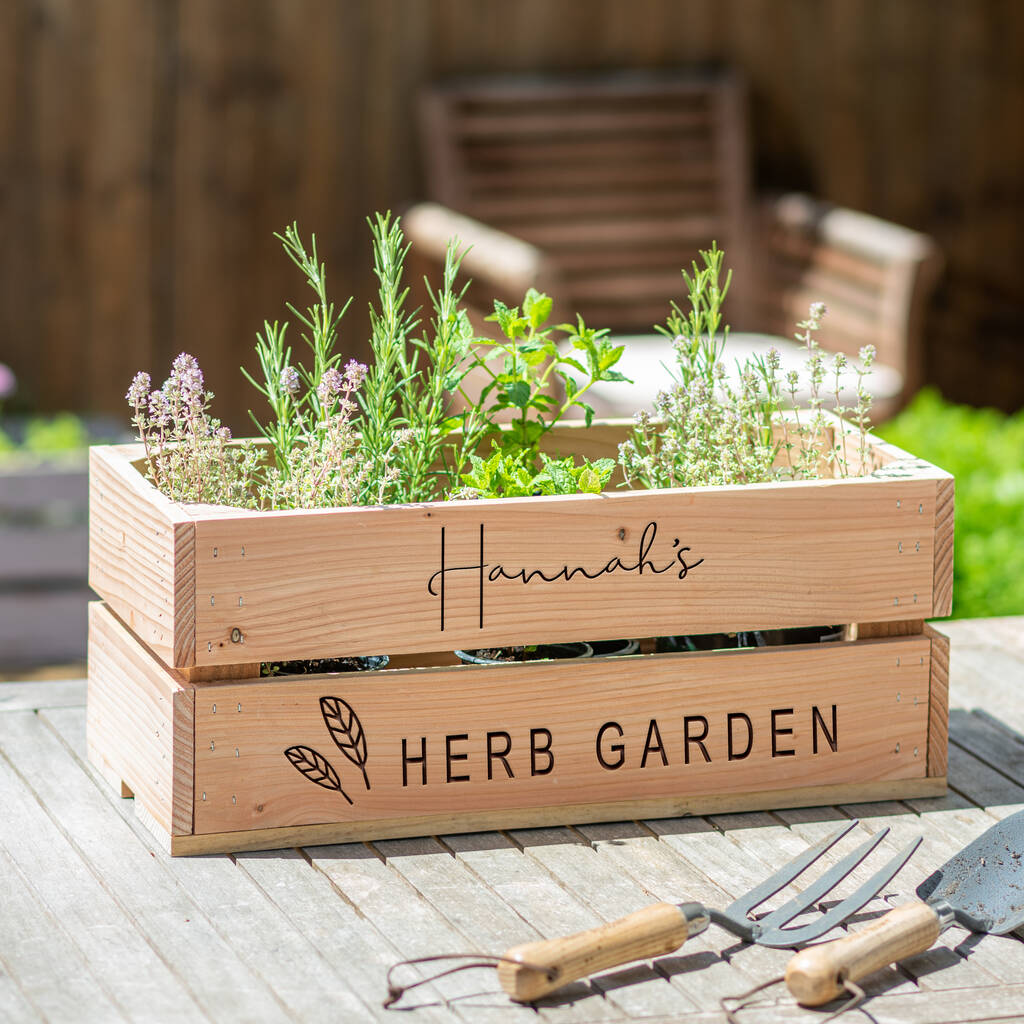
- Terracotta herb planter: This traditional planter is made of terracotta, a porous material that allows for good drainage.

- Plastic herb planter: This versatile planter is made of plastic, which is lightweight and easy to move.

- Metal herb planter: This stylish planter is made of metal, which is durable and weather-resistant.

- Hanging herb planter: This space-saving planter is perfect for hanging on a wall or fence.
- Window box herb planter: This functional planter is perfect for growing herbs on a windowsill.
- Ceramic herb planter: This elegant planter is made of ceramic, which is a beautiful and durable material.
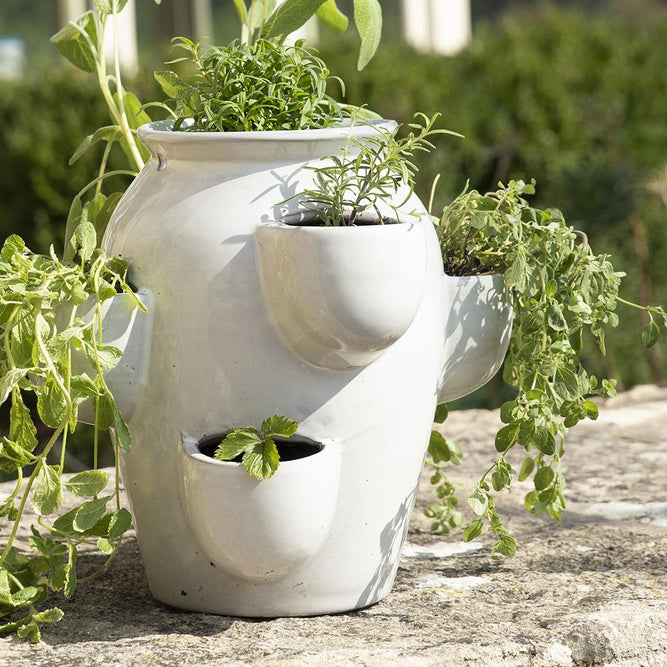
- Concrete herb planter: This modern planter is made of concrete, which is a sturdy and long-lasting material.

- Pottery herb planter: This rustic planter is made of pottery, which is a natural and earthy material.
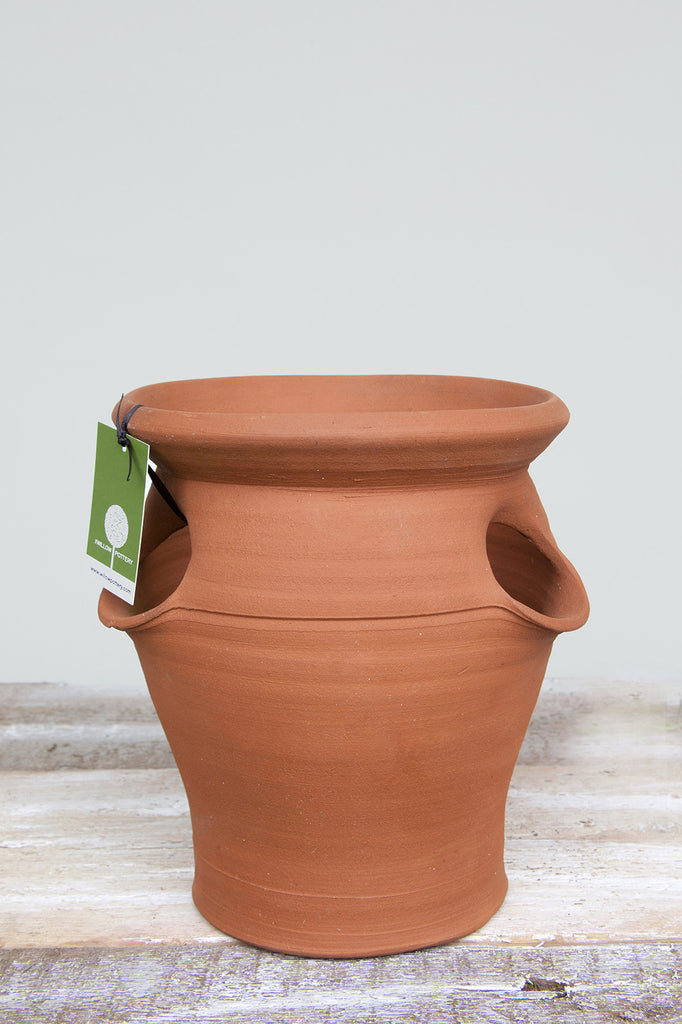
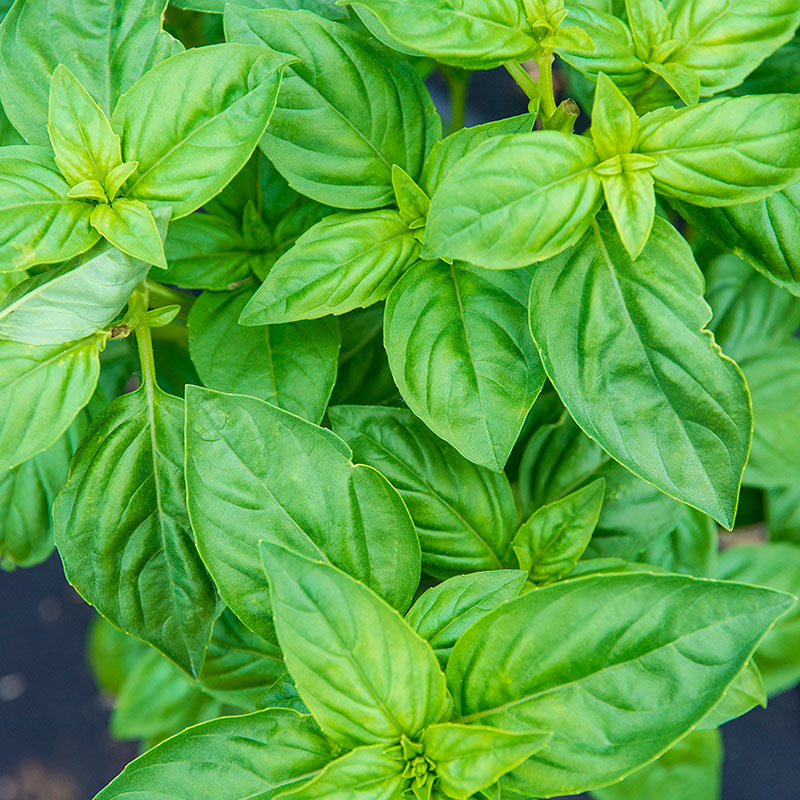

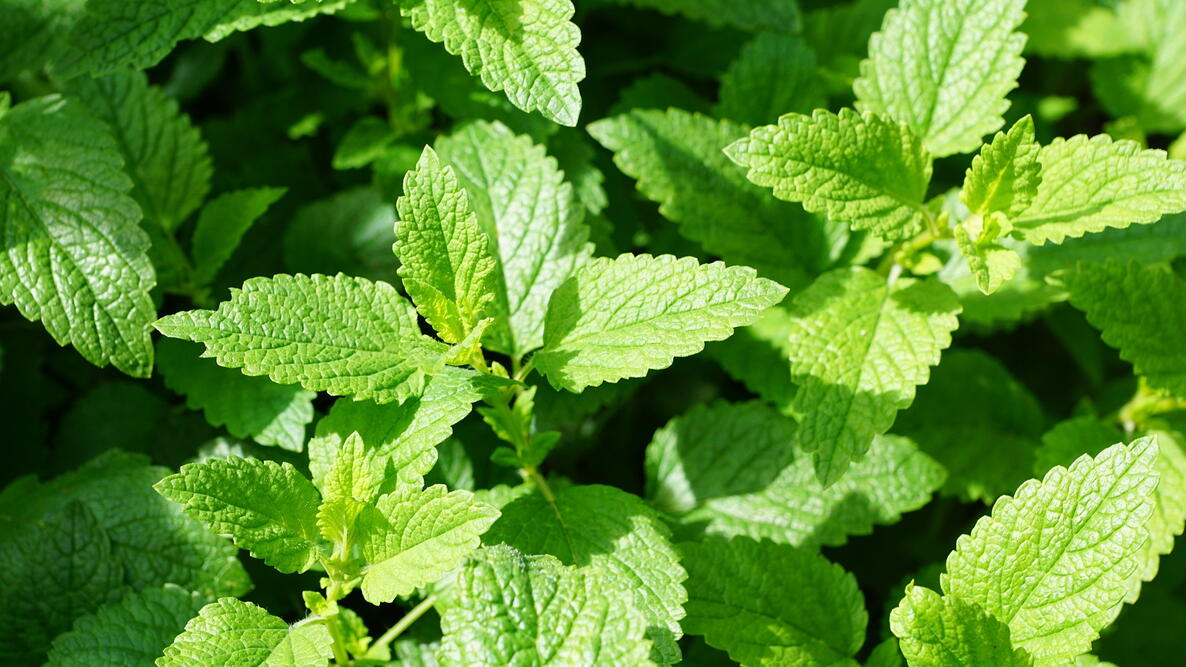


Post a Comment for "Herb Garden Planter: The Ultimate Guide To Growing Fresh Herbs Indoors"